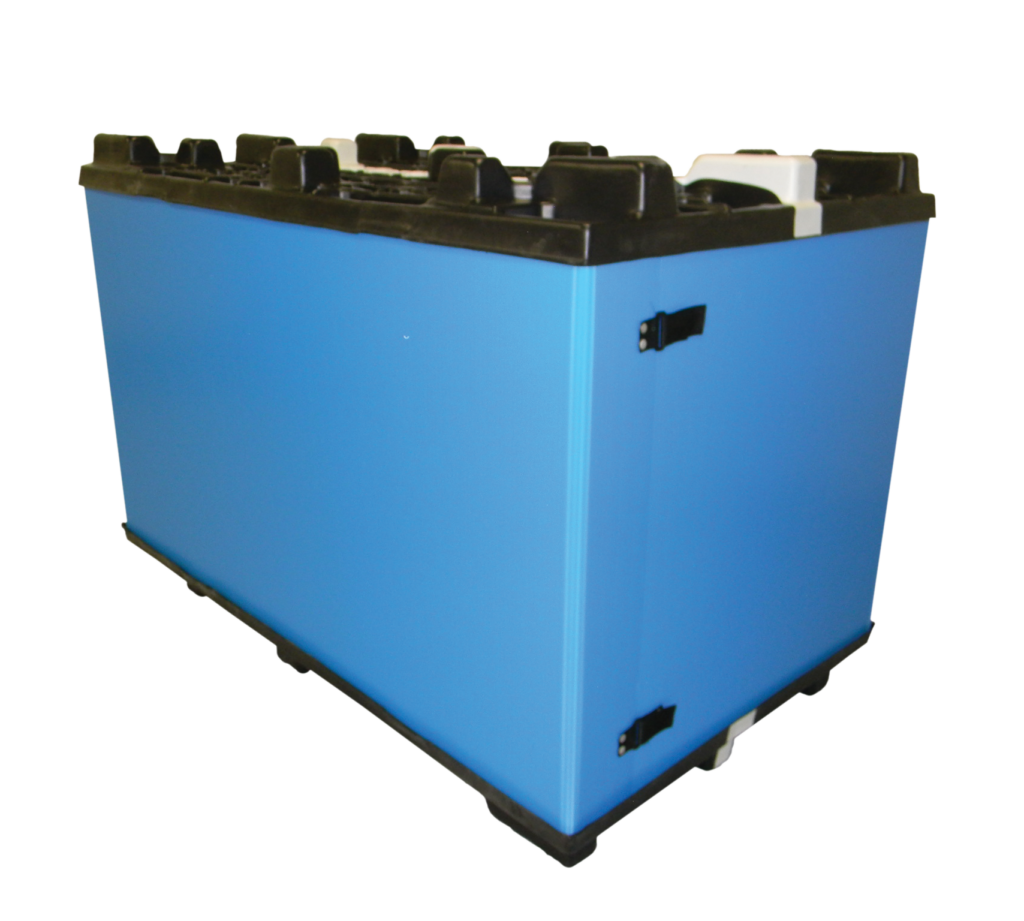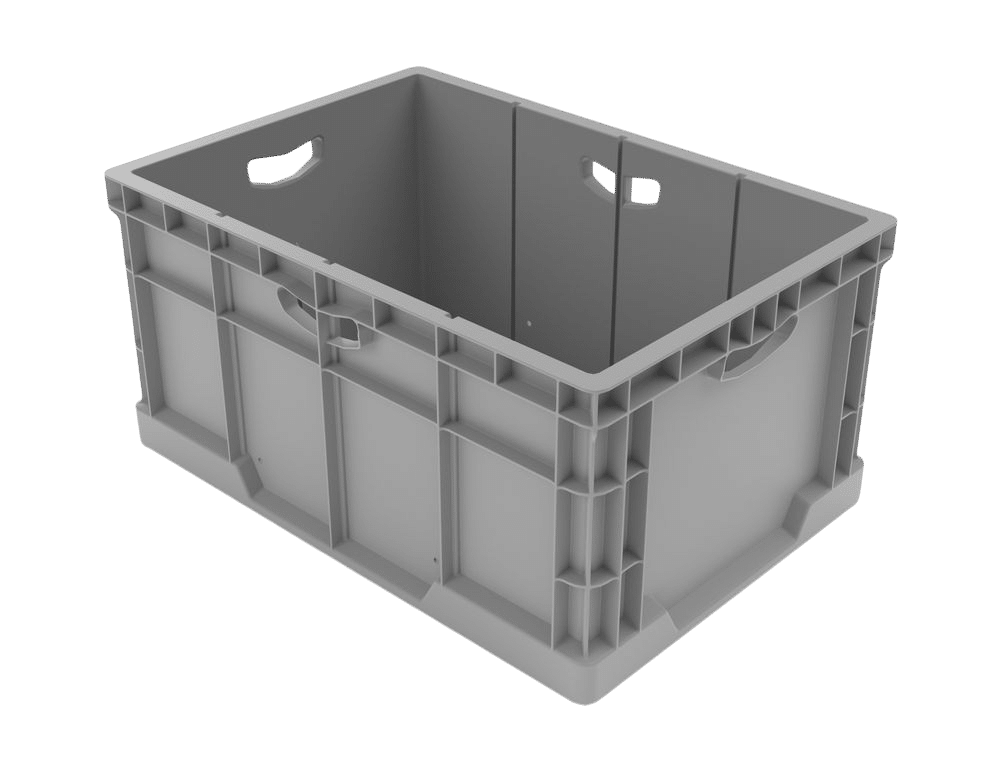In the automotive supply chain, your packaging is your promise—a guarantee that your components will arrive flawlessly. Too often, Tier 1 and Tier 2 suppliers treat Original Equipment Manufacturer (OEM) standards as a complex liability, a set of rules designed to catch them out. But what if you could flip that script? This guide is your blueprint for transforming packaging compliance from a defensive chore into a strategic advantage, elevating your status from a simple supplier to an indispensable partner that OEMs can’t afford to lose.
The High Stakes of OEM Packaging Standards: Why Compliance is Non-Negotiable
In the automotive supply chain, OEM packaging standards are not just guidelines—they are critical to profitability and operational integrity. Adherence safeguards contracts, protects reputations, and aligns the entire supply chain, ensuring every component arrives as intended.
The Benefits of Getting It Right: Building Trust and Efficiency
Mastering OEM requirements provides significant, tangible advantages that strengthen a supplier’s position.
- Product Integrity: Proper packaging is the primary defense against contamination and transit damage, ensuring defect-free parts arrive ready for assembly.
- Logistics Efficiency: Standardized containers and labels streamline handling, stacking, and freight, ensuring on-time delivery and lean inventory management.
- Regulatory Alignment: Correct packaging ensures compliance with export and shipping regulations, preventing costly delays at customs and borders.
- OEM Trust: Consistent compliance demonstrates reliability and a commitment to quality, positioning you as an indispensable partner in a competitive landscape.
The Costly Consequences of Getting It Wrong: A Cascade of Failures
Conversely, non-compliance, even on minor details, triggers a cascade of severe problems.
- Financial Penalties: Simple errors like improper labeling or documentation can halt shipments, leading to immediate financial penalties and chargebacks that hurt profitability.
- Warranty Claims and Disputes: Poor container cleanliness can contaminate sensitive parts, leading to widespread warranty claims and potential legal disputes over liability.
- Costs from Substandard Materials: Using cheap packaging increases the risk of transit damage, resulting in rejected shipments, expensive rework, and rushed replacement orders.
- Damaged Reputation: Every failure disrupts the OEM’s production schedule, erodes trust, and jeopardizes future contracts and business opportunities.
In this high-stakes environment, meeting OEM standards is the definitive line between operational excellence and costly failure.
Tiered Supplier Dynamics: Navigating Responsibilities and Compliance Risks
The automotive supply chain is structured in tiers.
Tier 1 Suppliers: Direct Accountability
Tier 1 suppliers produce complete systems or large assemblies directly for OEMs. They must ensure every element—including the packaging of components received from upstream partners—meets OEM standards.
Tier 2 Suppliers: Indirect but Critical
Tier 2 suppliers provide components to Tier 1 providers. Although their interaction with OEMs is indirect, packaging errors like mislabeling or substandard materials can disrupt the entire chain, forcing costly rework and delays.
The further a supplier is from the OEM, the harder it is to maintain consistent standards, making clear communication and proactive audits essential.
Building a Resilient Compliance Program: From Process to Risk Management
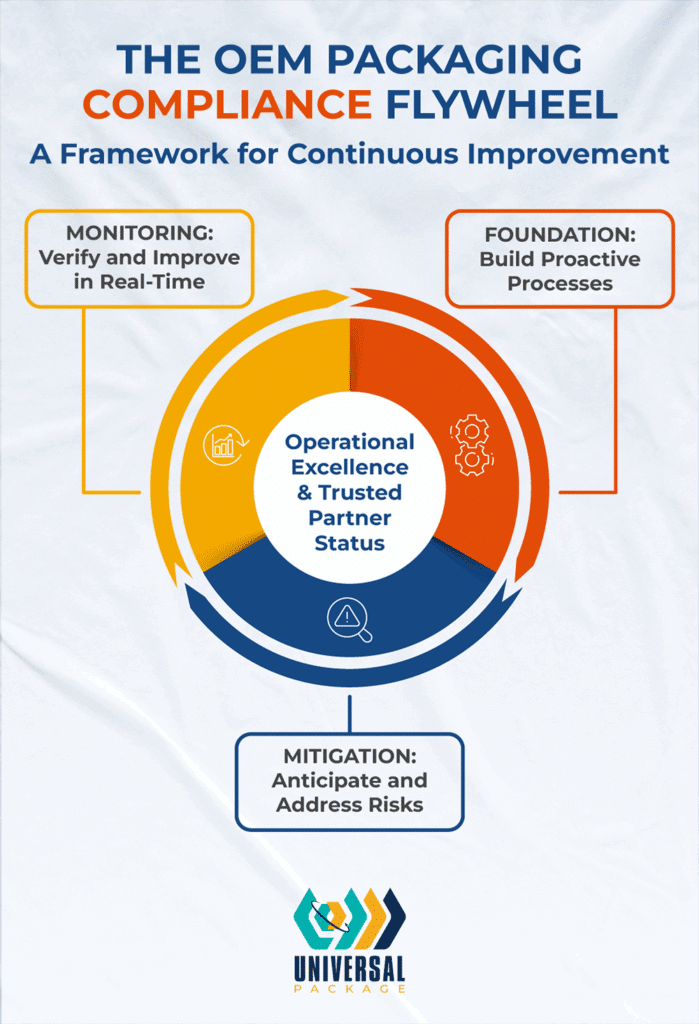
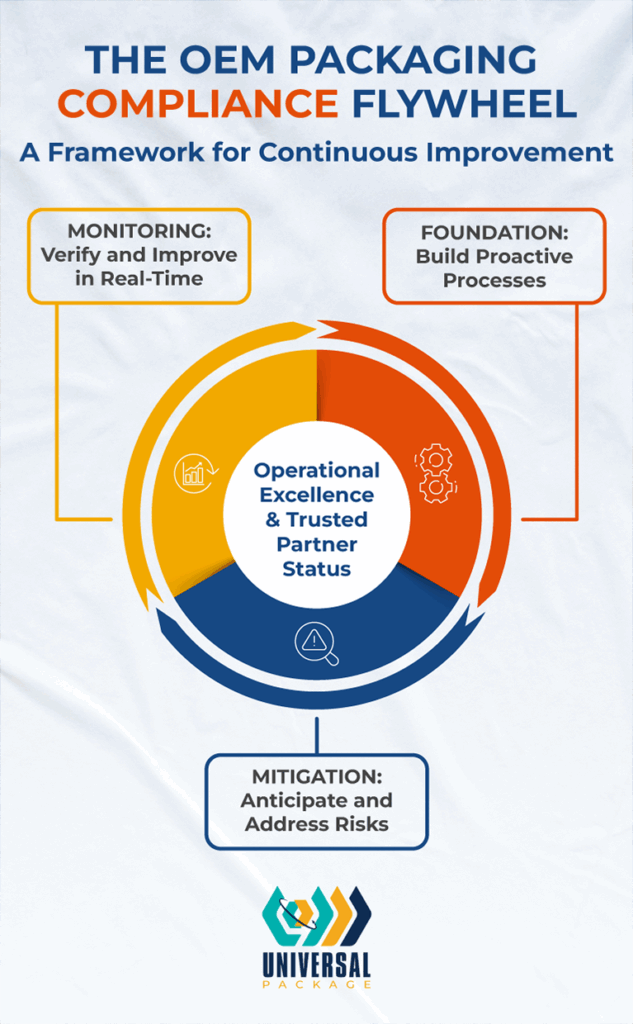
Reactive fixes are costly and damaging. To achieve sustainable compliance, suppliers must embed OEM standards directly into their operations. A resilient program is built on a strong foundation, fortified by proactive risk mitigation, and verified through continuous monitoring.
The Foundation: Integrating Compliance from Day One
A solid foundation prevents errors from happening in the first place, ensuring consistency from the start.
- Build Compliance into Design (APQP): Integrate OEM packaging requirements into the Advanced Product Quality Planning (APQP) process. Addressing container sizing, protection, and labeling needs early aligns all teams and avoids expensive rework.
- Leverage Digital Packaging Tools: Adopt a centralized digital library for pre-approved designs and specifications. This single source of truth eliminates manual errors and ensures changes are immediately reflected in all documentation.
- Standardize Procedures (SOPs): Develop clear Standard Operating Procedures for critical tasks like labeling, cleaning, and protection. Regular training ensures these protocols are followed consistently across all teams.
Risk Mitigation: Anticipating and Planning for Disruptions
While supply chain disruptions are inevitable, their impact can be managed with foresight and planning.
- Conduct Packaging FMEAs: Use a Failure Mode and Effects Analysis (FMEA) to proactively identify potential packaging weaknesses, such as faulty seals or inadequate cushioning. This allows you to prioritize and implement corrective actions before failures occur.
- Establish Contingency Plans: Don’t wait for a crisis. Maintain pre-qualified backup vendors and materials for all critical packaging elements. A solid contingency plan ensures production continues smoothly during unexpected disruptions.
Continuous Monitoring: Ensuring OEM Packaging Standards are Maintained
A strong program requires constant oversight to catch deviations before they escalate into major problems.
- Implement Layered Process Audits (LPAs): LPAs offer real-time feedback on compliance. These frequent, small-scale audits, conducted at multiple stages, create checkpoints that catch errors early, enabling rapid correction and maintaining high standards throughout your operation.
From Mandate to Opportunity: Driving Value Beyond Compliance
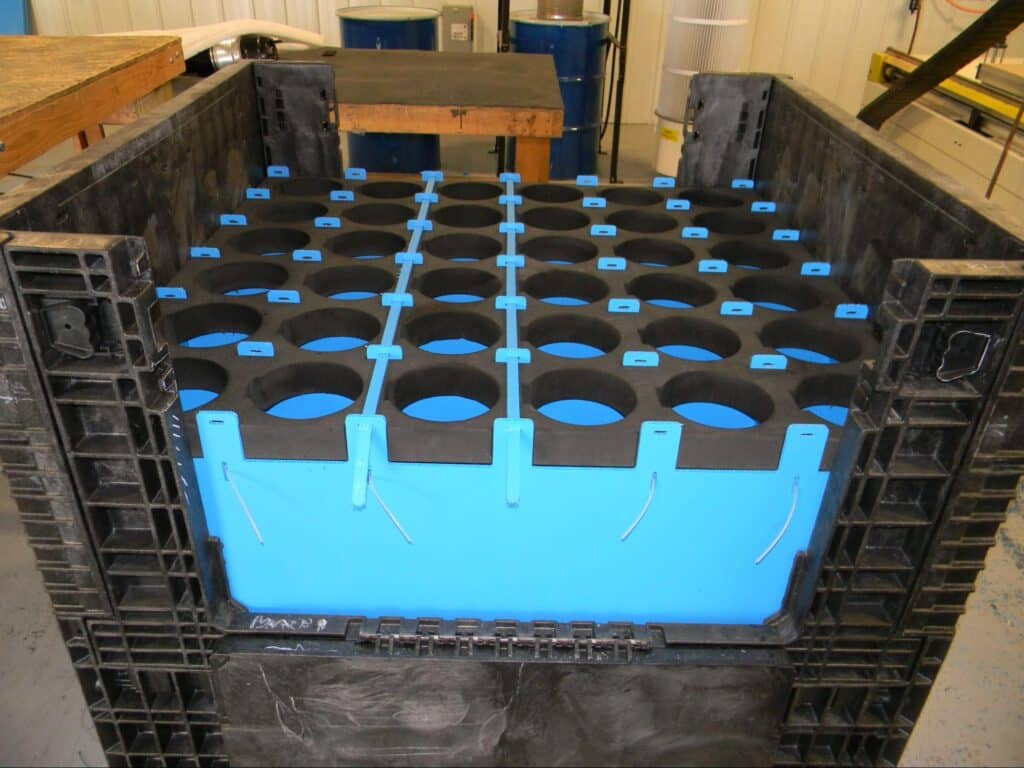
Smart suppliers see OEM standards not as a burden, but as a gateway to innovation. By mastering compliance, you can unlock significant value, turning a cost center into a strategic advantage. This shift is driven by two key pillars: intelligent cost optimization and a forward-thinking sustainability strategy.
Driving Cost Optimization Through Smarter Packaging
A compliant packaging program is efficient; a strategically optimized one is profitable. Suppliers can significantly reduce operational expenses by looking beyond the basic requirements.
- Invest in Reusable Packaging Solutions: Shifting from single-use containers to durable, returnable packaging dramatically lowers waste.
- Standardize Modular Designs: Adaptable, modular solutions reduce storage needs and optimize freight space, cutting overhead costs.
- Use Advanced Tracking Technologies: IoT tools like RFID tags minimize the loss of valuable containers and parts, improving asset management and inventory accuracy.
- Optimize Materials for Damage Prevention: A small investment in higher-quality, durable materials eliminates the significant backend costs of breakage, rework, and returns.
Gaining a Competitive Edge with Sustainable Packaging
Sustainability is no longer optional; it’s a core component of OEM directives and a powerful market differentiator. A smart sustainable packaging strategy enhances your brand and strengthens partnerships.
- Choose Eco-Friendly Materials: Shifting to recycled or biodegradable materials helps meet sustainability targets and aligns your brand with the green initiatives of your OEM partners.
- Design for Efficiency and Reduced Emissions: Optimized, lightweight packaging decreases transport volume, which directly lowers fuel consumption and carbon emissions.
- Practice Transparent Reporting: Providing clear data on material sources, recyclability, and emissions builds trust and helps your OEM partners meet their own ESG goals.
By treating packaging as a strategic asset, suppliers can transform a mandate into a powerful competitive advantage, ensuring both compliance and long-term profitability.
Audit Survival Essentials: Documentation and Traceability
Audits are inevitable, making preparedness vital:
- Centralized Record Management: Keep all relevant documents—specifications, SOPs, inspection logs—in a unified digital repository for quick retrieval.
- Comprehensive Packaging Documentation: Maintain detailed records of cleaning protocols, labeling methods, and container usage for instant audit verification.
- Track Continuous Improvement: Log corrective actions and updates to demonstrate ongoing compliance enhancements.
- Leverage Data for Validation: Collect key performance metrics (damage rates, audit outcomes) to substantiate adherence.
- End-to-End Traceability: Integrate systems that track packaging details from production to delivery. When discrepancies surface, comprehensive traceability simplifies resolution.
Proper documentation streamlines audits and showcases a supplier’s commitment to high standards.
Empowering Tiered Suppliers: Practical Steps to Strengthen Compliance
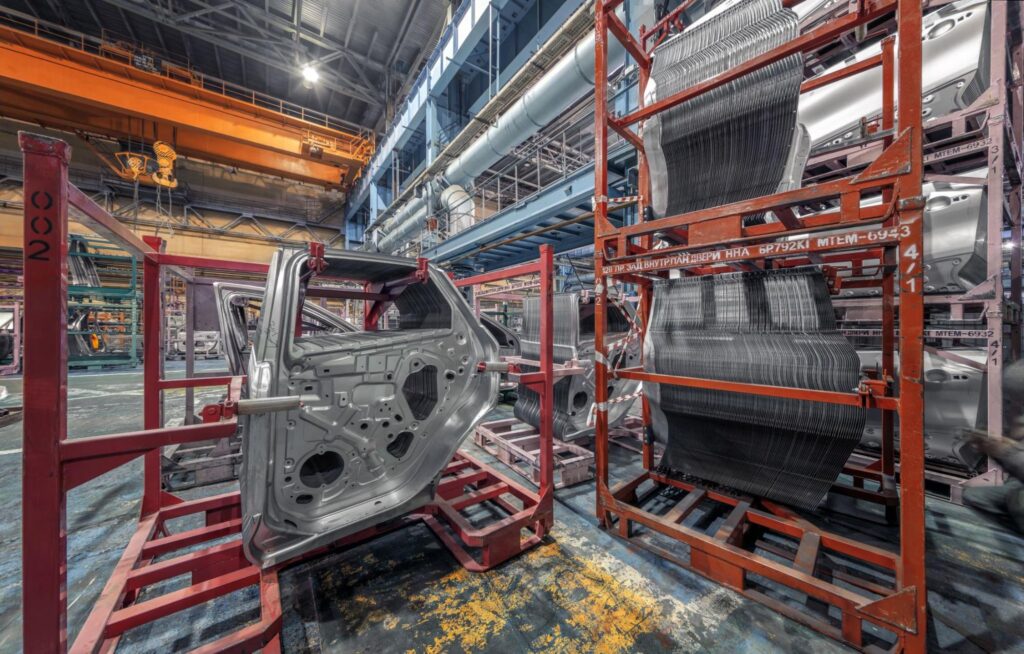
For both Tier 1 and Tier 2 suppliers, compliance is a continuous journey. Below are five action items to reinforce it:
- Consolidate Requirements: Develop a comprehensive checklist covering all OEM packaging standards to ensure clarity and consistency.
- Enhance Cross-Team Collaboration: Establish a packaging task force uniting logistics, quality, and design. Frequent discussions preempt misunderstandings and delays.
- Adopt Digital Management Solutions: Deploy specialized software to monitor packaging designs, automate changes, and retain container records. A single digital library aids standardization.
- Utilize Risk Assessment Tools: Conduct packaging-specific FMEAs to identify potential failures and reduce compliance gaps before they escalate.
- Seek External Expertise When Needed: If internal resources are stretched, partnering with seasoned consultants drives innovation and ensures alignment with evolving OEM directives.
Building a well-integrated compliance strategy safeguards supplier profitability, brand reputation, and future business opportunities.
From Compliance to Competitive Advantage
OEM packaging standards underpin an efficient automotive supply chain, shaping everything from product integrity to cost management. By embedding these standards into every facet of operations and adopting proactive, process-focused strategies, suppliers can convert compliance challenges into catalysts for growth and stronger OEM partnerships.
Now is the time to evaluate and refine your packaging processes for greater competitive advantage. Strengthen your supply chain, reduce operational setbacks, and ensure long-term success by evolving your packaging strategy. Contact Universal Package for specialized support in achieving compliance and efficiency and to explore customized approaches for your organization’s unique needs.


